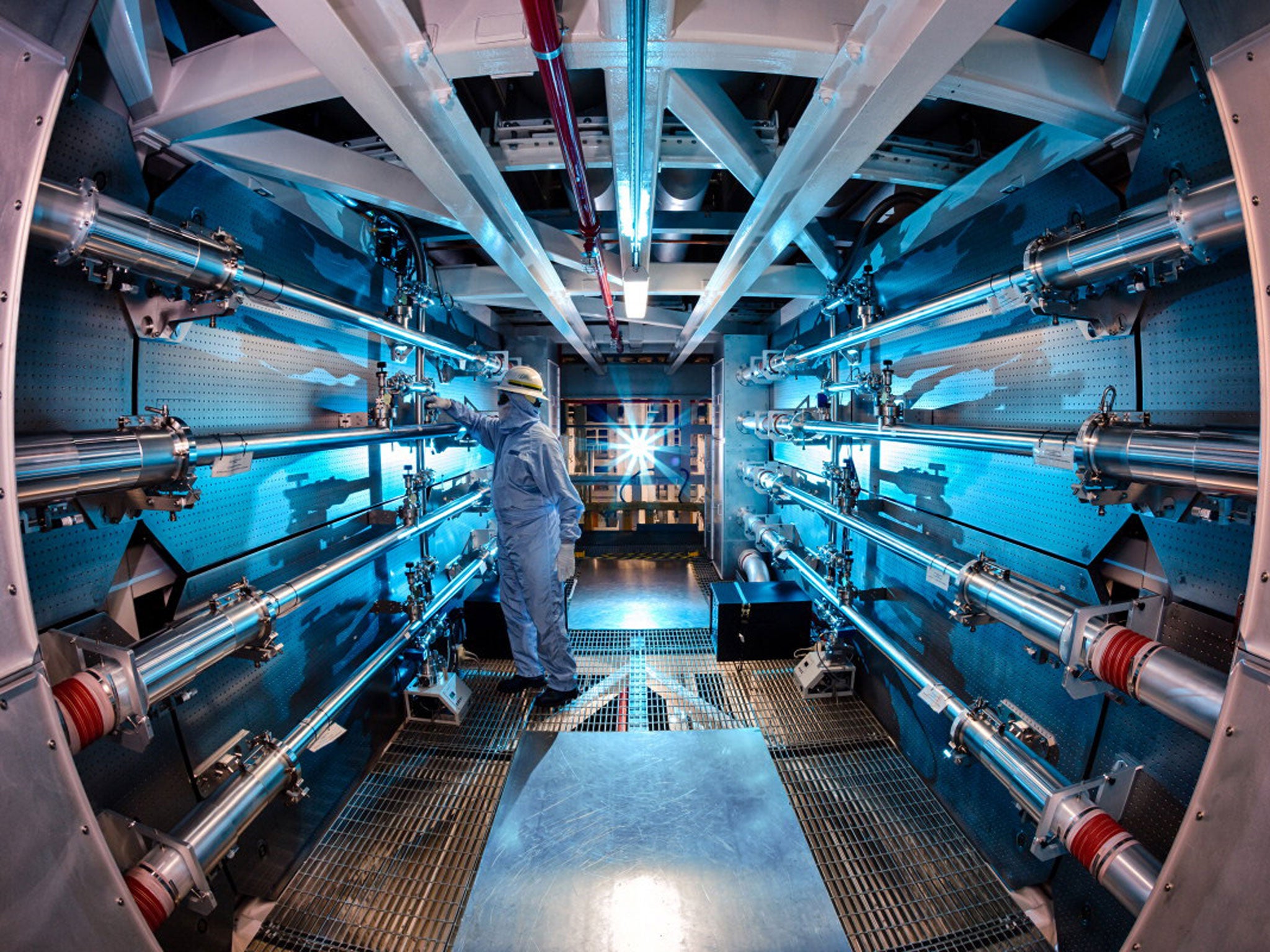'Continuous' nuclear fusion comes one step closer
Researchers in the US have reached a milestone in the journey to create a source of unlimited energy

Researchers at a California lab have got one step closer in achieving self-sustaining nuclear fusion.
If successfully harnessed, fusion - the process which powers the sun - could become an unlimited, and crucially, cheap source of energy.
In order to become a viable, sustainable form of energy, power plants driven with fusion would need to produce more energy than they consume, which has yet to happen.
A group of scientists at the National Ignition Facility (NIF), based at Livermore in California, last month brought self-sustaining fusion closer to becoming reality.
The facility, which served as a backdrop to the movie Star Trek: Into Darkness, uses 192 beams from the world's most powerful laser to heat and compress a pellet containing Hydrogen fuel until nuclear fusion occurs.
The BBC reports that during a fusion experiment in late September, the team found the amount of energy released via the fusion reaction for the first time exceeded the amount of energy being absorbed by the fuel. This is the first time that this had been achieved in a purpose-built scientific facility.
Scientists have tried to create this kind of controlled nuclear fusion for the past 50 years, however none were successful.
The NIF's goal is to create a situation where nuclear fusion generates as much energy as the lasers supply, a process known as 'ignition'.
Currently, 'inefficiencies' in the fusion-producing system mean that some of the energy supplied through the laser is delivered to the fuel.
Fusion is markedly different from current methods of obtaining nuclear power, which operate through spitting atoms. This process is known as fission, whereas fusion involves squashing atoms together.
Subscribe to Independent Premium to bookmark this article
Want to bookmark your favourite articles and stories to read or reference later? Start your Independent Premium subscription today.

Join our commenting forum
Join thought-provoking conversations, follow other Independent readers and see their replies